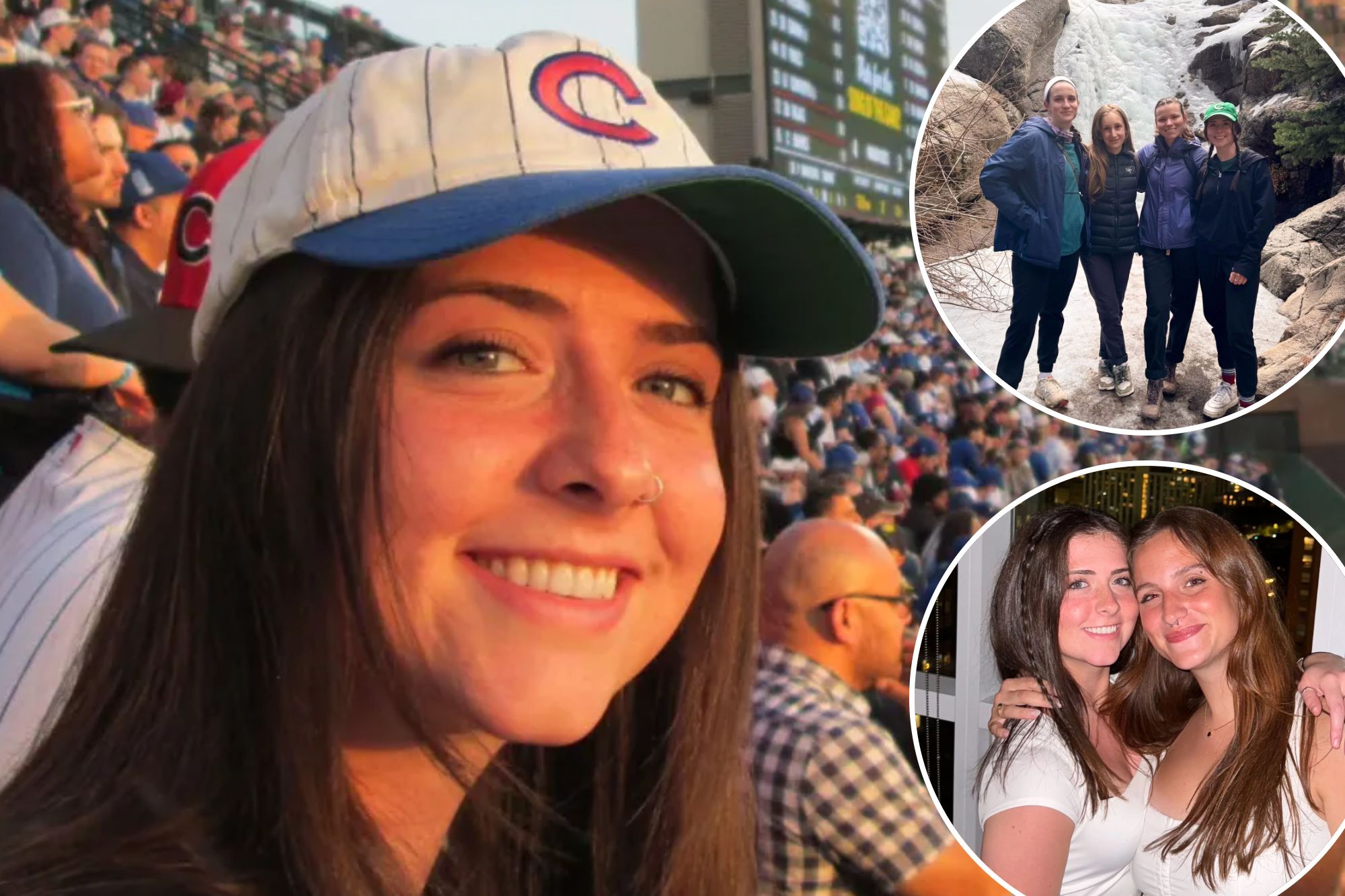
It all started with a mysterious bell in her ears.
Aubrey Hasley, 23, was a normal graduate student studying professional therapy at Elmhurst University in Illinois when he woke up one morning in a strange noise that would never be heard before.
â € œthey looks like when you have a microphone very close to the speakers – it was just very loudly in my head, – she told the post. “Honestly, that feared me a lot.â €
China lasted only a few seconds, but quickly developed in a headache – which was less alarming as she had a history of migraine.
She decided to cancel her plans and try to slight migraine, but the symptoms began to worsen.
“I was super dizzying – my headache was getting worse,” she said. “The room was rotating.”
At first, she thought she could be vertigo. But as someone who works part -time in a hospital, she also admitted she was experiencing some classic shock symptoms.
However, she would not want to rush to the ER.
â € œI I didn’t realize it could happen with young people and I didn’t want to be dramatic, “she said.
“I don’t think a lot of people really know that shocks can happen with young people.”
Aubrey Hasley
Her brother handed her a glass of water, which she immediately poured all herself because, at that moment, she was € œpretty uncomfortable.â €
After her mother returned home, she led her to test Health Hospital Community Northwest, where, fortunately, the staff took her seriously.
“When I arrived at the hospital, they did not just give me medication and sent me home for him,” she said.
This is especially true because her symptoms just continued to become more severe – her face became weak and she began to reduce her speech, among other things.
â € œ As if my eyes closed for most of the day because if I opened them, I just became so annoying, “she said, adding that she also had one -sided weakness and double vision.â €
She was at the point when she couldn’t walk when she was diagnosed.
“They had read and did different things with my hands and feet, which I couldn’t do at that point,” she said. “And that’s what they told me it was a stroke.â €
They discussed the options and decided the best way to continue was that Dr. Mohammad Anadani, Head of Neuroendovascular Services for the Institute of Neurosciences of Endevel, perform a thrombectomy to remove blood clots.
“They gave me a pen to sign [a consent form] To get into the operation and I couldn’t sign because it was my right hand, so my mother did it to me, ”she said.
While someone would agree, this is a terrible difficulty, Hasley said she felt – positive positive for all things “and medical staff – made the situation more comforting.â €
She even remembers her playing a song during the procedure – it will be fine.
Surgery went well, though it will not remember so much after that.
“I just remember I was super exhausted and my vision was still a little unclear the next day, but the recovery was generally pretty fast,” she said. â € œ I was in the hospital for four days.â €
When her friends discovered that she had a stroke, they were surprised – to say at least.
“I don’t think a lot of people really know that blows can happen with young people,” she said.
Stroke and heart attacks have been growing young people, even among those who do not have traditional risk factors.
In the case of Aubreyâ, Anadan told the post that may have happened because she had “an oval patent (PFO), or a hole in her heart, which was likely to contribute to her crack allowing a clot to bypass the lungs and travel in the brain.â €.
He added that she was “making oral contraceptives, who are known to increase the risk of stroke.”
But a recent study also found that the most common non -traditional risk factor for stroke is to have migraines with aura – which Aubrey had a history of.
â € œThe more I looked at it, it seemed like this type of migraine is common in people who have PFO, ”she said.
“But usually does not cause many issues until later in life. So most people go all their lives without knowing they have it.â €
Today, Aubrey is going well, but she hopes that sharing her story will inspire other people to take their symptoms seriously and seek medical help if they need them.
“I think it’s so important that people know the signs [of a stroke]â € she said. â € œIf I had abandoned it, things could have been worse than they came out. €
#stroke #years #started #seemingly #harmless #symptom
Image Source : nypost.com